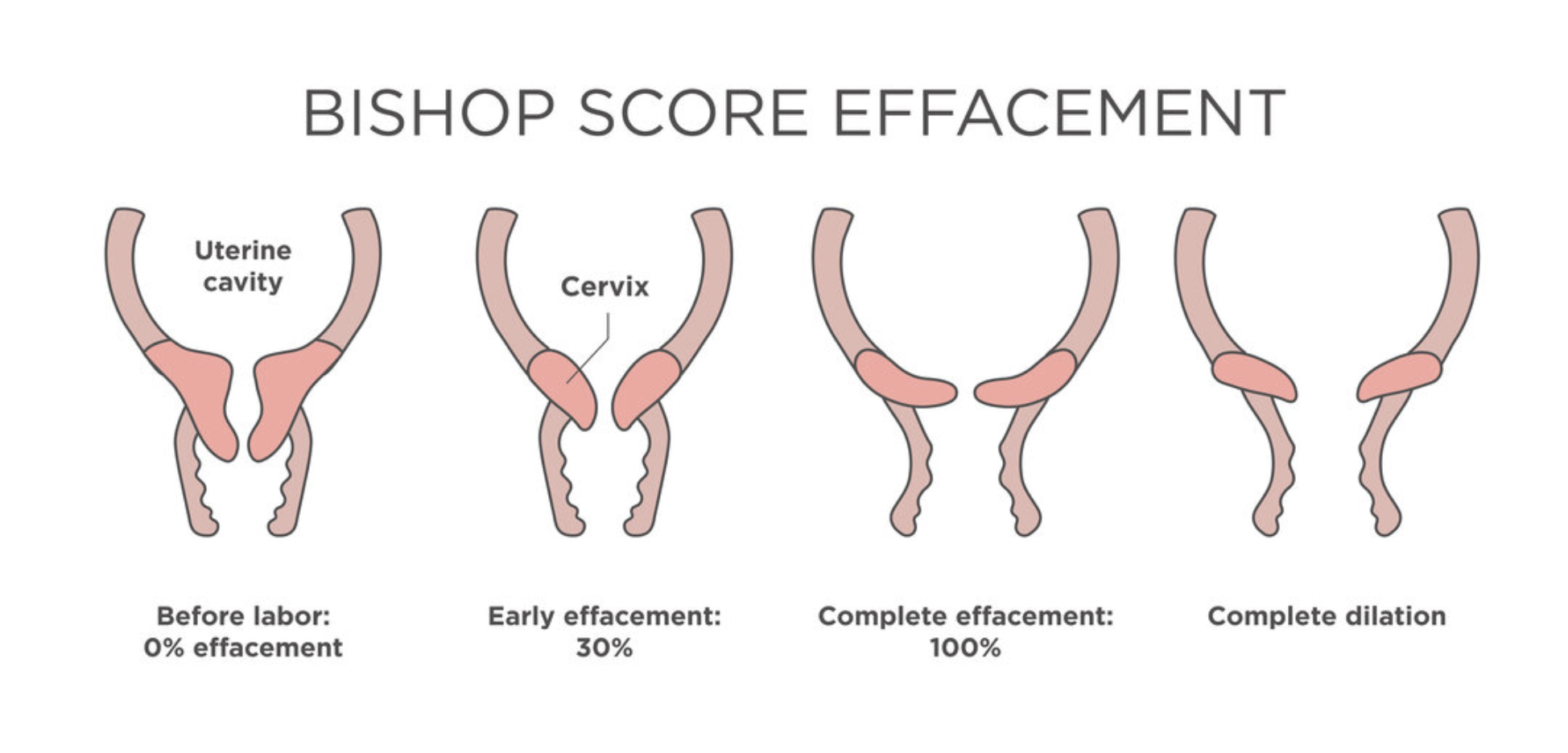When preparing for birth, many expecting parents hear about labor induction but did you know there’s a system providers use to determine if an induction is likely to be successful? It’s called the Bishop Score and as a Certified Community-Based Doula, I believe every parent deserves to understand what it is, how it’s used and why it matters.
The truth is, many healthcare providers use the Bishop Score without even mentioning it to their patients—which means you could be making decisions about induction without all the information you need. That’s where advocacy, education and informed choice come in.
Let’s break it down in a way that makes sense.
What Is the Bishop Score?
The Bishop Score is a cervical assessment tool used by healthcare providers to determine how ready a pregnant person’s body is for labor—particularly when induction (artificially starting labor) is being considered.
It assesses five key factors:
Dilation – How open the cervix is (measured in centimeters).
Effacement – How thin the cervix has become (measured in percentage).
Position – Whether the cervix is more forward (anterior) or tilted back (posterior).
Consistency – How soft or firm the cervix feels.
Station – How high or low the baby’s head is in the pelvis.
Each factor is assigned a score between 0 and 3. The total score helps predict whether labor will likely start on its own or if an induction will be successful.
How the Scores Break Down
- 8+ points – A high chance of successful induction; labor may begin on its own.
- 6–7 points – A gray area; induction could work, but it’s not guaranteed.
- 5 or fewer points – A low chance of successful induction; the body is likely not ready, and induction may lead to complications.
Here’s what that looks like in a chart:
| Dilation | Effacement | Position | Consistency | Station | Points |
| Closed | 0%–30% | Posterior | Firm | –3 | 0 |
| 1–2 cm | 40%–50% | Middle | Medium | –2 | 1 |
| 3–4 cm | 60%–70% | Anterior | Soft | –1 or 0 | 2 |
| 5+ cm | 80%–100% | +1 or +2 | 3 |
Why Should You Ask About Your Bishop Score?
As a doula, I encourage my clients to ask their provider about their Bishop Score before agreeing to an induction. Here’s why:
⚠️ Low Bishop Scores & Induction Risks
If your score is low (5 or below), it means your body isn’t quite ready for labor yet. Inducing labor in this situation raises the risk of complications, including:
- Failed induction, leading to longer labor and additional interventions.
- Increased stress on both parent and baby.
- Higher likelihood of cesarean section (C-section).
⚠️ Your Provider Might Not Mention It
Many healthcare providers use the Bishop Score without discussing it with their patients. That’s why knowing to ask is so important—because your birth experience should be a conversation, not just a medical decision made for you.
⚠️ Cervical Exams & Your Comfort
Checking the Bishop Score requires a manual cervical exam (using fingers to check the cervix). While this is standard, it can cause discomfort, spotting, and even unintentional rupture of the amniotic sac (“breaking the water”).
If cervical exams make you uncomfortable, especially due to past trauma or personal preference, you have the right to decline them or request alternative methods for assessing readiness, such as ultrasound.
Doula Advocacy: Helping You Make Informed Decisions
As a Community-Based Doula, I believe your birth should be on your terms. My role is to ensure:
You have the information you need to make choices that feel right for you.
You feel empowered to ask questions and advocate for yourself.
You are supported—whether you choose to induce, wait or explore alternatives.
No one should feel pressured into an induction without understanding the full picture. Your voice matters. Your choices matter. Your birth experience matters.
Final Thoughts: You Deserve to Be Informed
If you’re being told you “need” an induction, pause and ask about your Bishop Score. It’s one of many tools used to determine labor readiness, and understanding it can help you make an informed decision about what’s best for your body and your baby.
Questions to Ask Your Provider:
What is my Bishop Score?
Based on my score, how likely is an induction to work?
Are there any alternatives to induction at this stage?
What are the risks and benefits of waiting?
As your doula, I am here to guide, support and advocate for you every step of the way. If you have questions about your birth plan, induction or labor options, let’s chat.
Contact me today to learn more about how a doula can support your birth journey!
Because every birth deserves knowledge, confidence and support.
Resources for Further Learning
- Cochrane Review on Labor Induction & Outcomes: https://www.cochranelibrary.com/
- National Institutes of Health – Bishop Score Research: https://www.nih.gov/
- ACOG Guidelines on Labor Induction: https://www.acog.org/
This blog positions you as the expert doula while making the information easy to understand and empowering for expecting parents. Let me know if you’d like any adjustments! 😊

